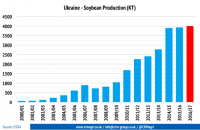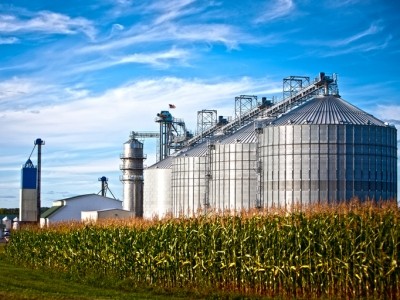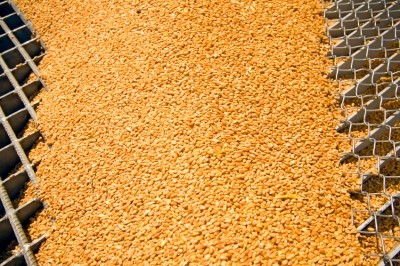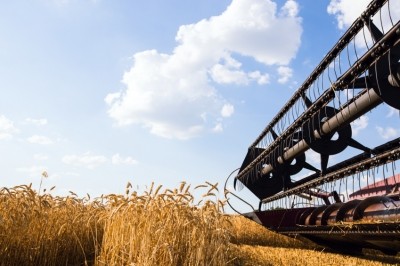Special Edition: Grain Market Developments
Ukraine: tariff free grain boost on the cards, soybean expansion forecast
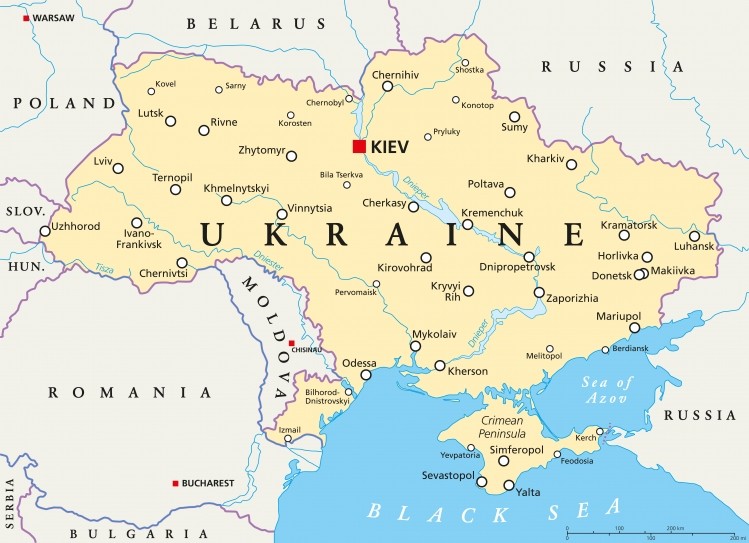
The proposal, which still has to be approved by the EU Parliament and the Council of the EU, would temporarily raise tariff quotas for three years on 100,000 ton of wheat, 650,000 tons of corn and 350,000 tons of barley.
The proposal follows the raising of the tariffs covering 1.6m ton of grain Ukraine was already awarded this year under the EU-Ukraine Association Agreement.
The moves are politically motivated, and are designed to give Ukrainian producers more and better access to the EU market for a number of agricultural and industrial products.
But observers played down the development, saying the impact of such a move on the EU feed complex would, in fact, be limited.
“The EU is already a net importer of maize from Ukraine, and while additional amounts may bring more competition into the EU feed market, the impact on feed prices would likely only be bearish in the short term; the proposal, therefore, is not really of major concern,” Benjamin Bodart, partner at UK based agri commodities adviser, CRM, told FeedNavigator.
Jack Watts, analyst with the UK’s ADHB, told Farmers Weekly the Commission has forecast the EU will import 14m tons of maize from third countries in 2016-17 so, he noted, the Ukrainian quota is small in comparison.
Black Sea soy production
Bodart said of more interest to the EU feed complex, in the years to come, is the forecast that Ukraine and the Black Sea region will become a big producer of soy: “The margins for oilseeds are higher, they are competitive with winter crops and, as a result, we see the soybean planted area in countries like Russia and Ukraine is on the increase.”
Such protein crop expansion would help reduce the EU dependency on South American imports for its livestock protein needs, he said.
And the cultivation of higher amounts of soy in that region is feasible, argued Bodart. “What we have seen, generally speaking, is that soybeans are able to grow nicely around the Black Sea. And while a lot of farming there is on the small scale, there are also increasingly big agri holdings taking root there; those operations have access to finance and seeds to produce some good soy crops. As it is, we already see good rapeseed production in the region,” he added.
A report produced last year showed the hike in gross soybean harvest in Ukraine was generated by the increase in sowing areas and in yield. In 2014, the total area under soybeans in the country was at the level of 1.8 million ha, which was 20 times higher than in 1990, said the author of that review.
